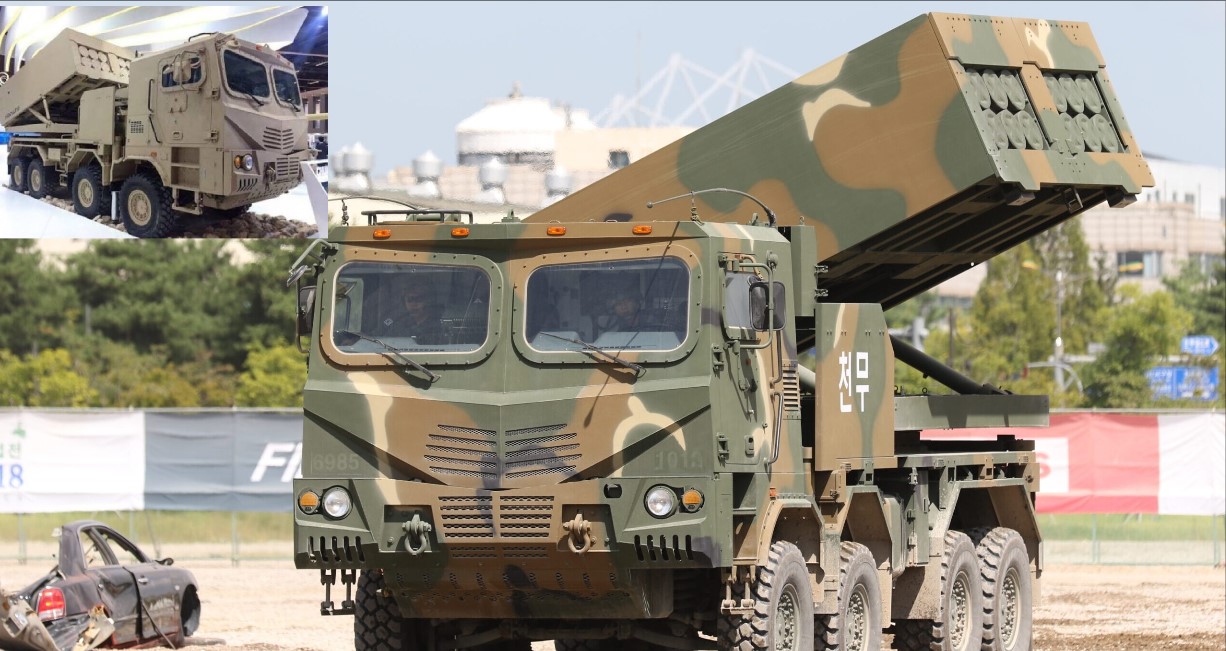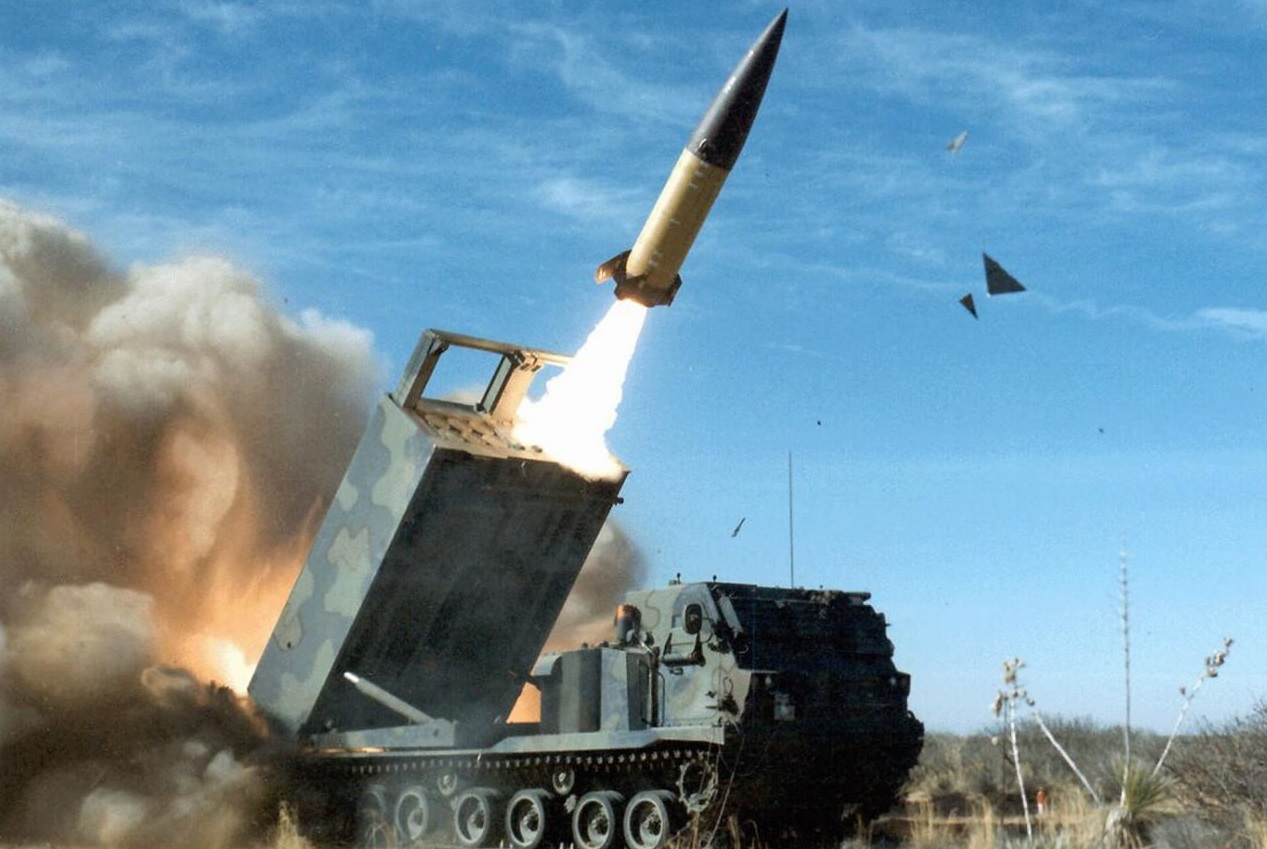Euronaval 2024: ISL Showcases Advanced Electromagnetic Railgun Technology with Hypersonic Capabilities

At Euronaval 2024, the French-German Research Institute of Saint-Louis (ISL) presented an intriguing model of its latest electromagnetic railgun, spotlighting its potential for naval applications. This cutting-edge railgun, an evolution of ISL’s work on the PILUM project, represents a significant step forward in hypersonic artillery capabilities, targeting extremely long-range and high-speed operations that promise to change the landscape of modern defense.
The Electromagnetic Railgun Advantage
The railgun technology ISL is developing uses electromagnetic force to launch projectiles at astonishing speeds, far surpassing conventional gunpowder-based systems. In a railgun, an electric current flows through two parallel rails, accelerating a projectile between them at incredible velocities. While this concept isn’t new, the challenge lies in refining it into a practical weapon. ISL's model shows progress toward meeting this challenge, especially for naval use, where ships can supply the high levels of electrical power required. ISL’s advancements demonstrate Europe's unique strides in developing both the railgun mechanism and its power systems.
PILUM Project and the Evolution of the Railgun
The railgun ISL displayed builds upon the work of the PILUM project, funded by the European Defence Fund (EDF). Launched in 2021, PILUM was a feasibility study exploring the railgun’s long-range potential, with a budget of €1.5 million. The project brought together partners from Germany, France, Poland, and Belgium, including Diehl Defence, Naval Group, and the Von Karman Research Institute, among others. PILUM’s success in demonstrating the fundamental potential of railgun technology paved the way for the new THEMA initiative, aimed at advancing the maturity of these systems.
THEMA: Pushing Technology Toward Real-World Applications
THEMA, an EDF-backed project initiated in 2023, includes additional partners from across Europe and has a budget of €15 million. This project focuses on optimizing the railgun for field deployment, addressing critical elements such as energy storage, armature design, and projectile dynamics. The plan is to create a functional demonstrator by 2028, with initial field tests expected to begin as early as 2025.
ISL has developed key components to make this vision a reality. A prototype called the New Generation Launcher (NGL 60) can propel projectiles at muzzle velocities up to 2,500 m/s, achieving hypersonic speeds. Notably, in lab tests, ISL demonstrated speeds approaching Mach 10, or around 3,500 m/s, which opens a range of tactical possibilities. The railgun operates with a breech voltage near 3,000 volts and a maximum current of 2.5 megaamperes, which creates unique wear-and-tear challenges on the rails. Addressing this rail wear is essential to make these weapons viable for sustained military use.
Precision in Energy Storage
One of the most complex parts of the railgun system is its energy storage. The railgun needs to discharge massive amounts of energy in milliseconds to achieve the necessary projectile speeds. ISL has created a demonstrator for this purpose: the XRAM-Generator, a 1-megajoule (MJ) toroidal coil designed to store and release high-density energy. This coil can amplify the charging current by 20 times, delivering power with a density three times higher than capacitive systems.
The XRAM-Generator’s compact design—measuring just over a meter in diameter—has a specific energy density of 5.7 MJ per cubic meter. ISL used it in testing with its 25mm RAFIRA railgun, achieving a projectile speed of 2,400 m/s. This energy system could potentially scale to the 10 MJ PEGASUS facility, which could be a game-changer for larger, more powerful railgun applications.
High-Speed Projectiles and Defensive Potential
Railgun projectiles achieve extreme acceleration, enduring forces between 25,000 and 50,000 g. For smaller rounds of 25mm, the acceleration can reach an astonishing 100,000 g, a feat that requires specially hardened electronics to withstand these conditions. ISL is exploring ways to improve the aerodynamics of its projectiles, which are designed to sustain hypersonic speeds with potential guidance systems. This could enhance their range and precision, making them suitable for long-range strikes, anti-missile defense, and close-in weapon systems for naval ships.
Strategic Implications of Railgun Technology
ISL's railgun could have transformative effects on future European naval capabilities. With potential ranges of 200 km and projectiles reaching altitudes of 70 km, these systems could provide valuable support for long-range land strikes and naval fire support. Medium-caliber railguns could also deliver effective defenses against hypersonic missiles, firing at rates over 50 rounds per second—ideal for intercepting high-speed threats.
The railgun’s ability to deliver hypersonic rounds at relatively low cost, compared to conventional missiles, makes it a strong contender for Europe’s strategic defense. If fully realized, the technology could give Europe an independent, high-performance artillery option, potentially transforming naval and land warfare in a world increasingly confronted with hypersonic and saturation attack scenarios.
Looking Ahead
ISL’s achievements in electromagnetic railgun technology, showcased at Euronaval 2024, underscore a European commitment to advancing high-speed, high-impact weapons systems. While challenges remain, particularly in areas like energy storage and rail durability, the institute’s progress through PILUM and THEMA projects promises a future where railguns could be part of both naval and land-based arsenals. As ISL continues to refine these systems and prepare for demonstrator testing in the coming years, the dream of an operational railgun on the battlefield edges closer to reality.


